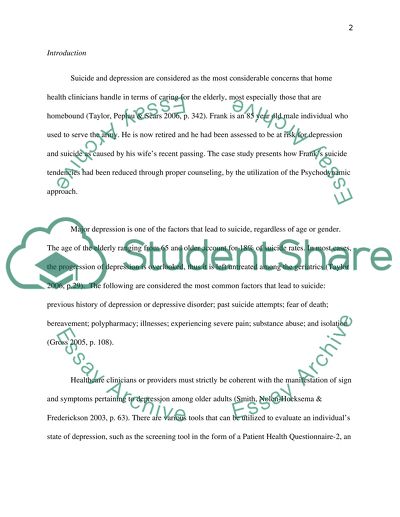Cite this document
(“Psychology in a Case of an Elderly Experiencing Depression Essay”, n.d.)
Retrieved from https://studentshare.org/psychology/1417706-psychology-in-a-case-of-an-elderly-experiencing-depression
Retrieved from https://studentshare.org/psychology/1417706-psychology-in-a-case-of-an-elderly-experiencing-depression
(Psychology in a Case of an Elderly Experiencing Depression Essay)
https://studentshare.org/psychology/1417706-psychology-in-a-case-of-an-elderly-experiencing-depression.
https://studentshare.org/psychology/1417706-psychology-in-a-case-of-an-elderly-experiencing-depression.
“Psychology in a Case of an Elderly Experiencing Depression Essay”, n.d. https://studentshare.org/psychology/1417706-psychology-in-a-case-of-an-elderly-experiencing-depression.


